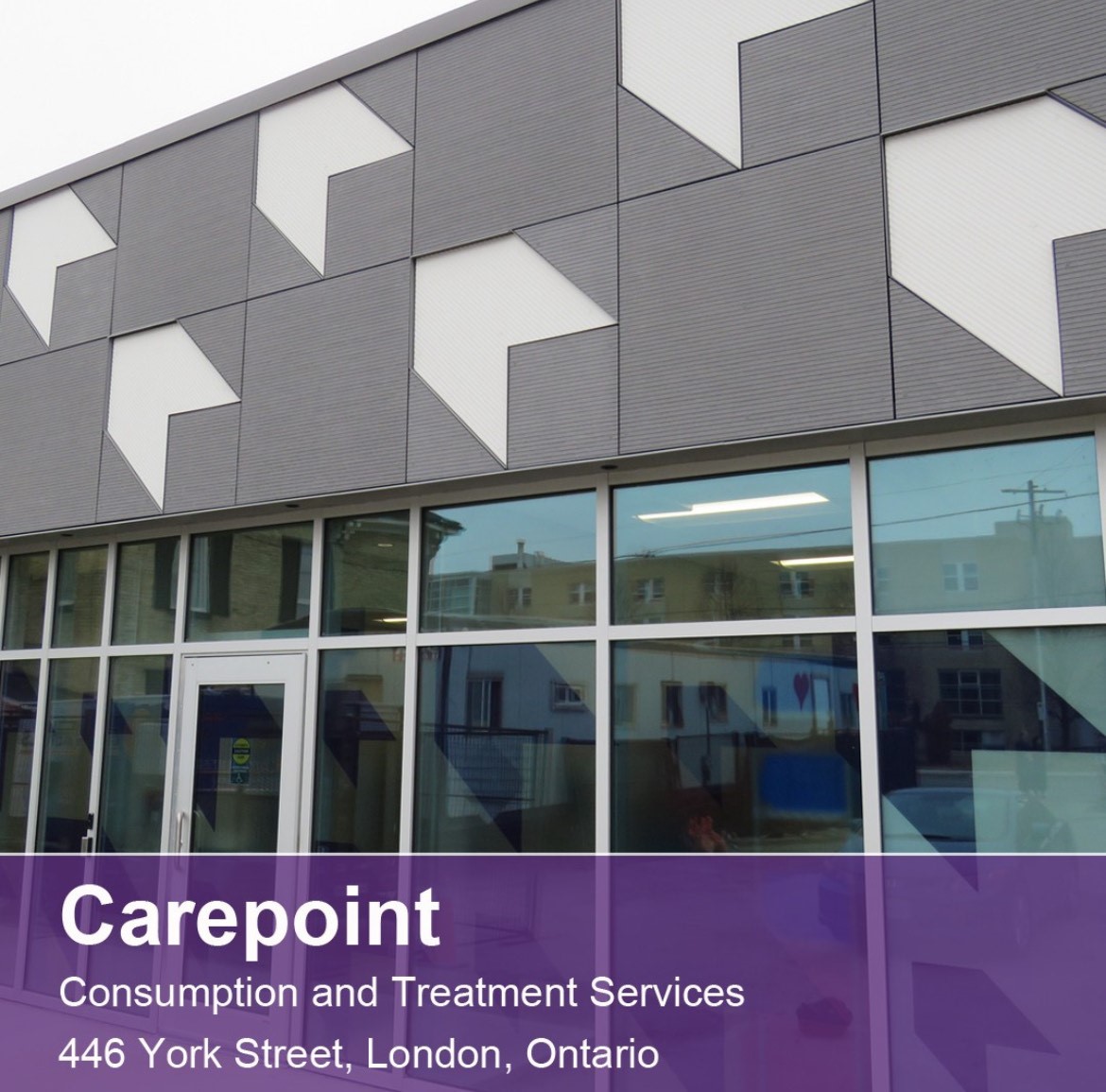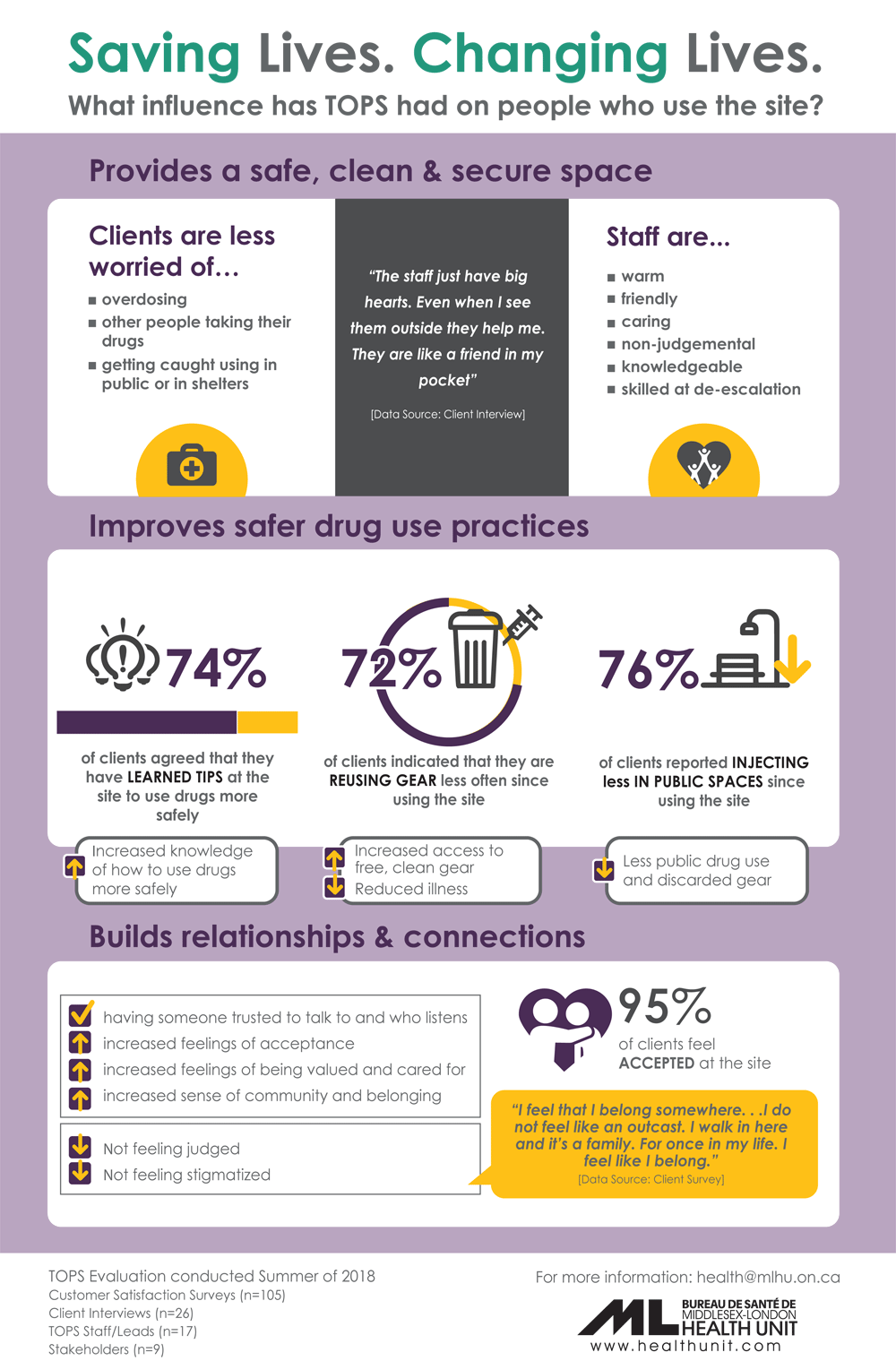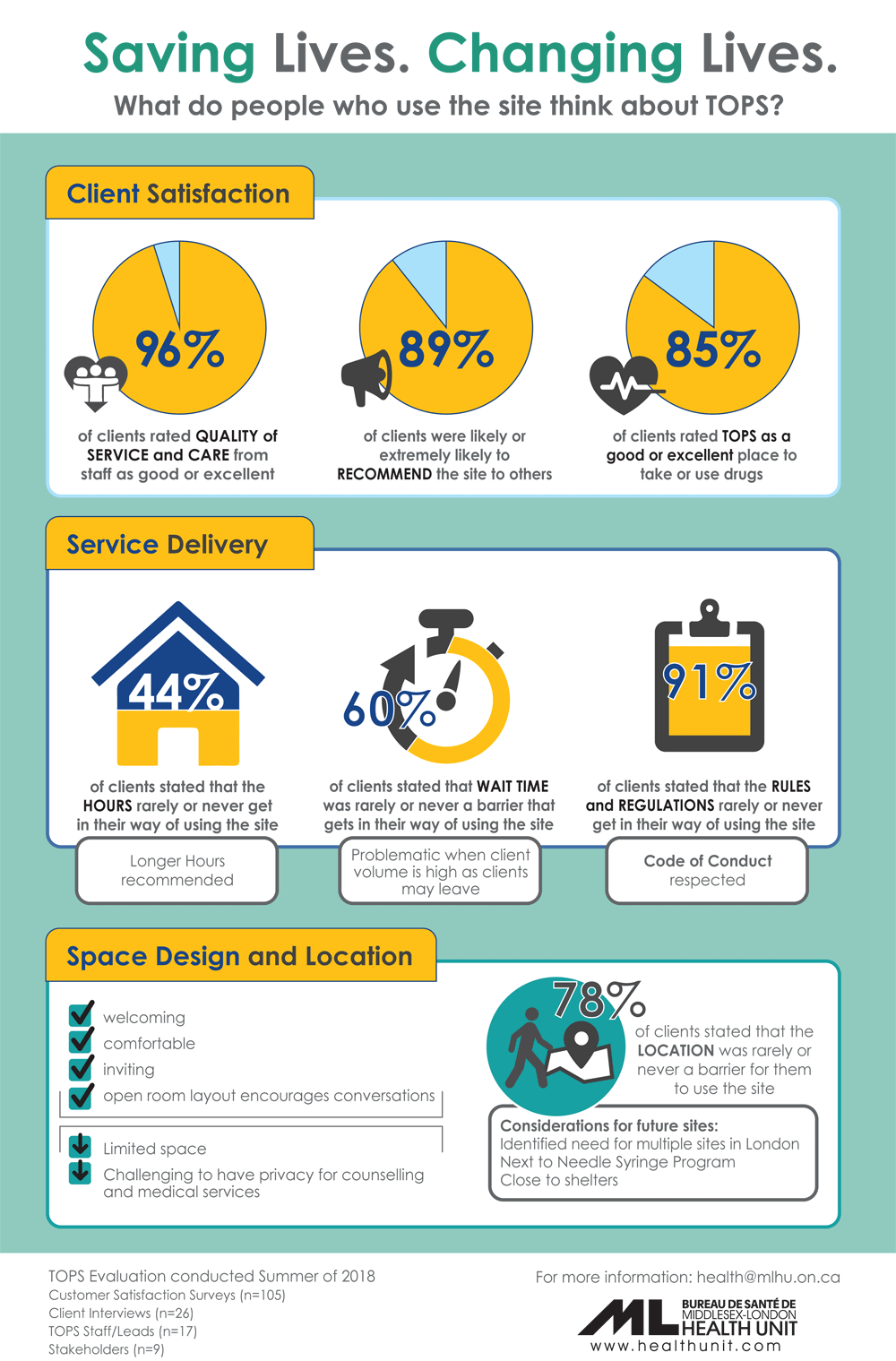The site is intended to:
- prevent overdose deaths,
- reduce the spread of infectious disease,
- reduce unsafe consumption practices, and
- increase access to health and social services.
What services and supports are offered?
The site offers a low-barrier, hygienic, stigma-free environment for people to use pre-obtained drugs under the supervision of harm reduction workers and medical staff. Individuals are provided with a range of sterile harm reduction supplies, education on safer consumption practices, overdose prevention and intervention (i.e. use of oxygen and naloxone), and medical and counselling services.
“Wrap-around” supports such as:
- referrals to drug treatment,
- mental health services,
- housing, primary care,
- indigenous support,
- income support,
- and other services are also offered at the site.
Click here to see what we are doing!


